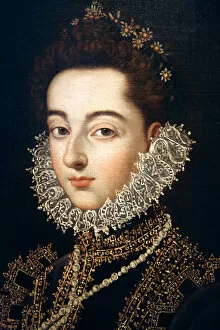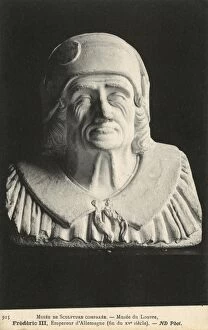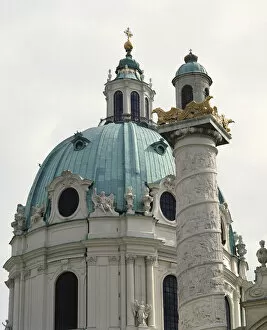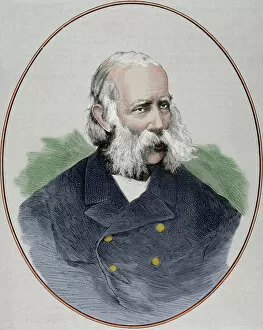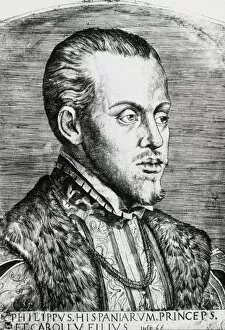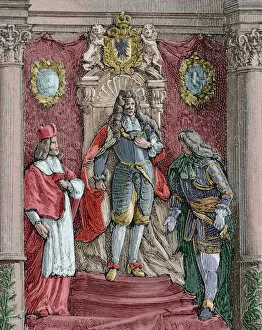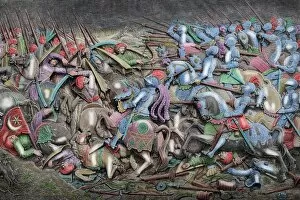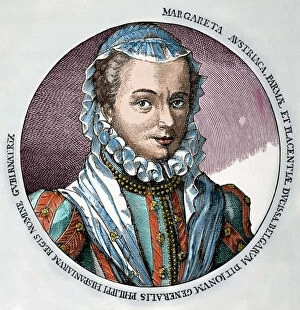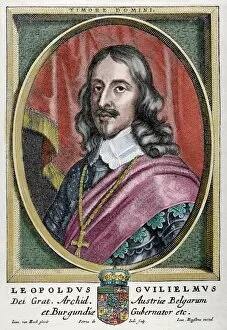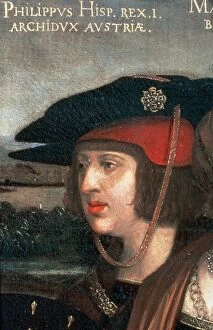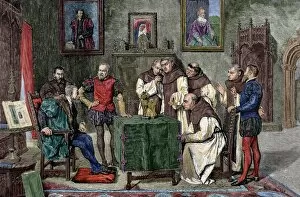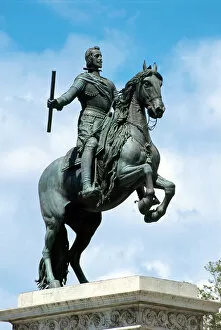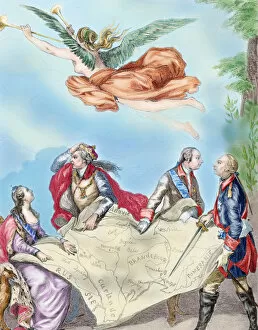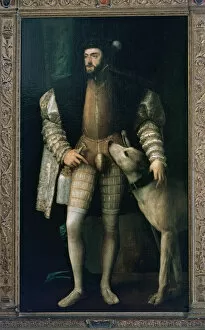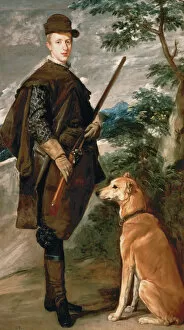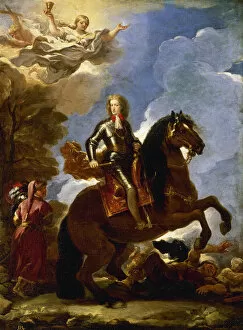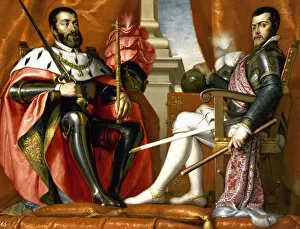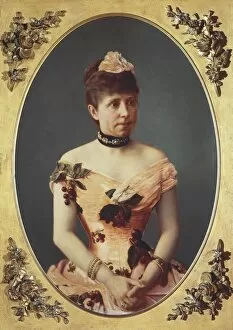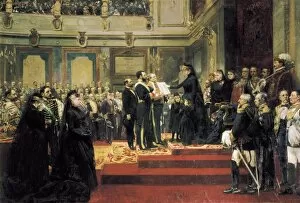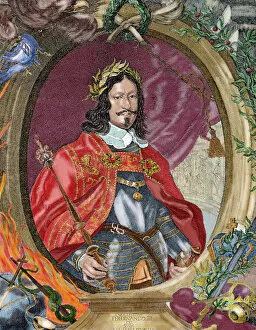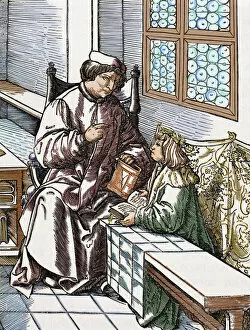Habsburg Collection (#25)
"Habsburg: A Royal Legacy of Power, Culture, and Intrigue" The Habsburg dynasty, known for its illustrious heritage and influential figures
For sale as Licensed Images
Choose your image, Select your licence and Download the media
"Habsburg: A Royal Legacy of Power, Culture, and Intrigue" The Habsburg dynasty, known for its illustrious heritage and influential figures, has left an indelible mark on history. Archduke Otto Habsburg stands as a prominent symbol of this lineage. His presence at the Gloriette in Schonbrunn Palace, Vienna, Austria evokes grandeur and elegance. The reigns of Franz Joseph I of Austria (1830-1916) and Ferdinand I of Aus witnessed the zenith power. They navigated through turbulent times with grace and diplomacy. Meanwhile, Archduke Maximilian of Austria's visit to an armourer showcases their interest in military affairs. Prince Eugene of Savoy emerges as a legendary military commander who secured numerous victories for the Habsburgs. His strategic brilliance shaped Europe's destiny during his time. Artistic endeavors also thrived under the patronage of the Habsburgs. "Ten Musicians with Trumpets" from Emperor Maximilian I's Triumphal Procession illustrates their appreciation for music and pageantry. Marie Antoinette's performance in "Il Trionfo dell Amore, " alongside her sisters, exemplifies their involvement in cultural events. Not limited to arts alone, Vertumnus' captivating depiction by an unknown artist demonstrates how beauty transcends time within the realm influence. John of Austria further extends this legacy as a Spanish military leader whose prowess on battlefields became legendary throughout Europe. However, not all chapters were filled with triumph; Charles II faced challenges during his rule as King of Spain. Known as "the Bewitched, " his reign was marred by political instability and dynastic struggles that mirrored his own personal afflictions. As Charles II met his demise amidst intrigue surrounding succession plans depicted in Decima to King Charles II's death by de Arenes painting - it marked both an end and a new beginning for the Habsburg dynasty.

